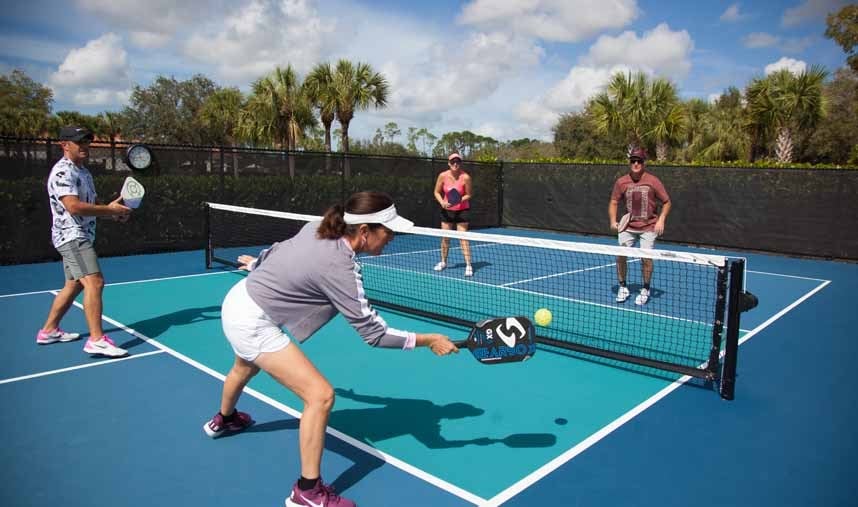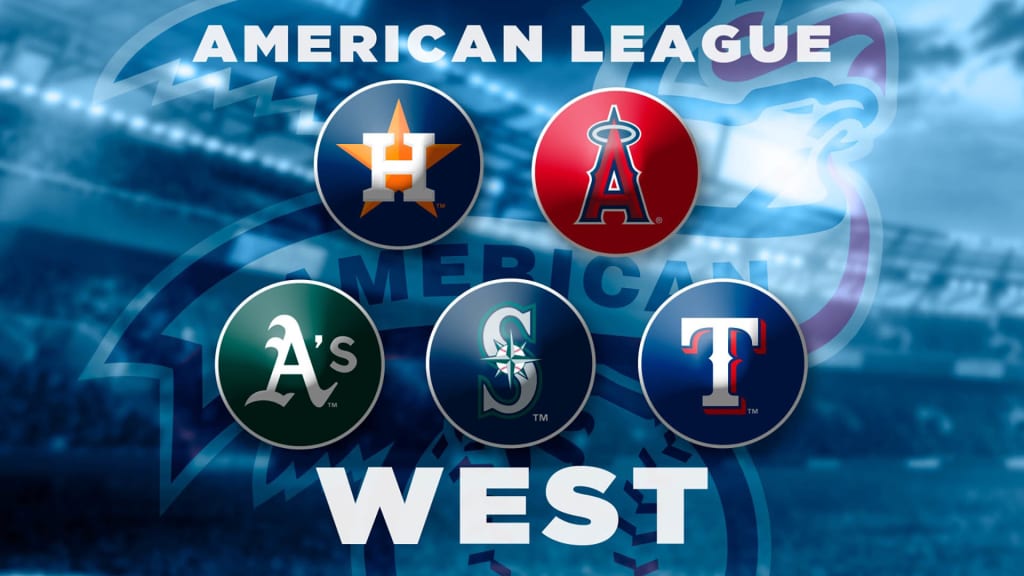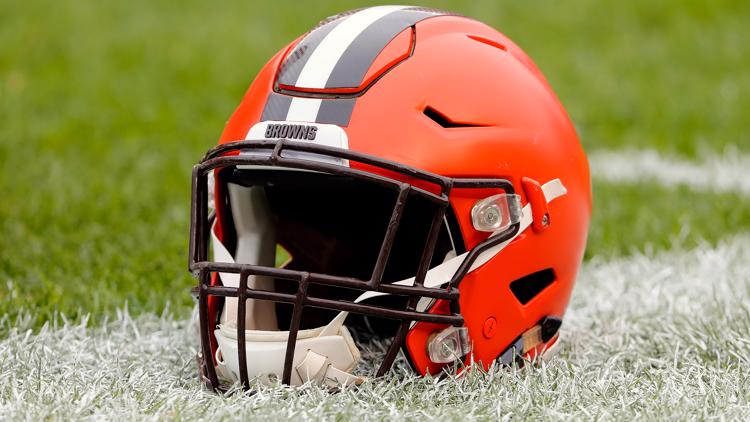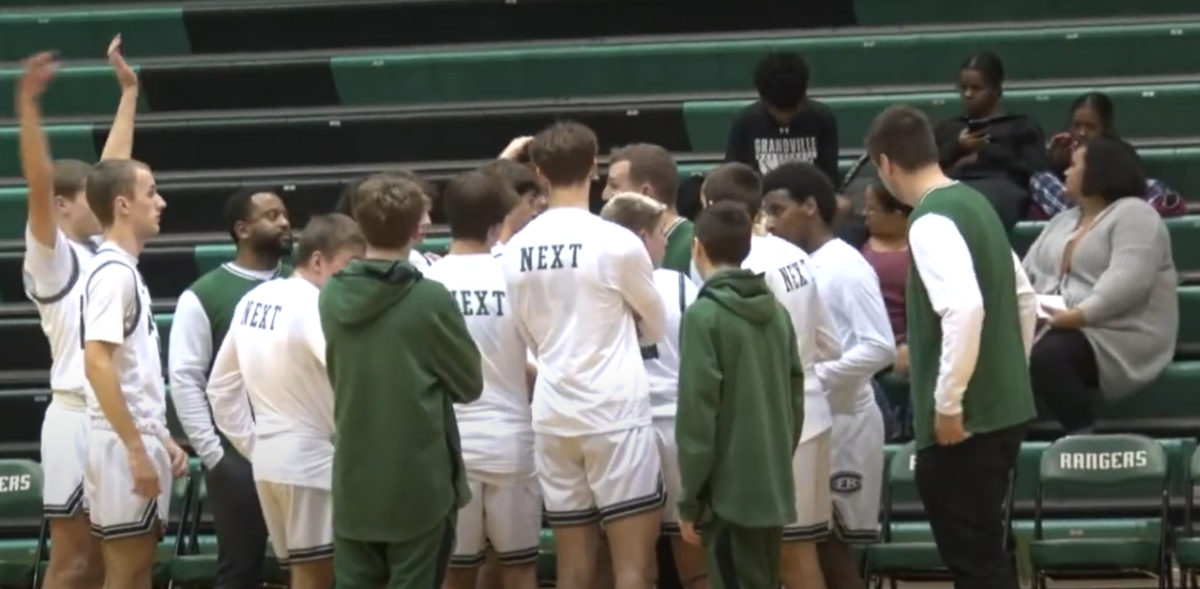Back in 1965, Congressman Joel Pritchard and businessman Bill Bell returned to Pritchard’s summer home in Washington for a summer retreat. Both men looked for a game to play; however, they could not find a full game set to play. Left with a badminton court and net, along with a plastic ball and ping-pong paddles, an idea struck them. Pritchard realized that the plastic ball would bounce well on the concrete surface, which led him to lower the net and bring a new sport into the world: Pickleball.
While everyone in the past decade has heard of pickleball as the “fastest growing sport,” how often has it been played? Pickleball is played mostly as a recreational sport, having no participation in the Olympics and only a small league to show for its professional side. Hence, it being mostly recreational, almost anyone has the ability to participate and join in a game. With courts emerging exponentially around the nation, trying pickleball is almost impossible to try and pass up. However, how is this sport played, and does that contribute to its fast growth?
Pickleball is essentially tennis but shrunk down and sped up—think of a mix between ping-pong and actual tennis. Played with a hollow plastic ball and solid paddles on a court very similar to that of badminton. The common knowledge rules are simple: don’t let the ball bounce twice in your half, don’t hit it into the net, don’t hit it in the kitchen, and don’t hit it out of bounds. Sounds easy until specific strategies get involved. The object of the game right from the first serve is to get to the net within the first or second rallies. Being near the kitchen line allows you to volley the ball back in case the opponent tries to aim for the far line and also capitalize on opponent mistakes near the net. Games are played to 11 points and must be won by at least two.
While the smaller court may seem appealing to people of all athletic types, a key injury seems to sweep the sport. In multiple studies, pickleball-related knee replacements have grown steadily with the pace of the sport’s growth itself. Older Americans seem to think the sport is completely safe for their older joints, but this is not the case. Due to the quick movements involved, joints are not all too safe even though the sport is on a small court and can be played stationary at times.
Pickleball is the fastest-growing sport, and I can see why. The fun game played on a shrunken down court is an attractive way to get out and participate in a recreational community activity. Almost everyone has the capability to play, and emerging courts around the country allow that to happen.
















